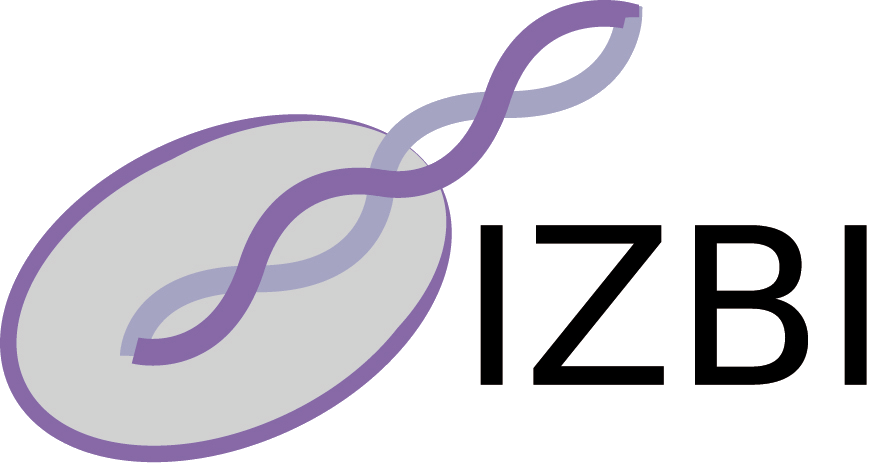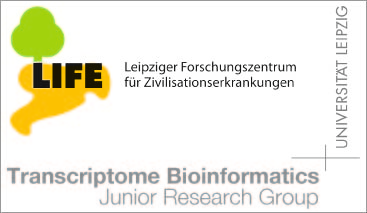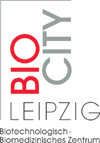Publications - Published papers
Please find below publications of our group. Currently, we list 565 papers. Some of the publications are in collaboration with the group of Sonja Prohaska and are also listed in the publication list for her individual group. Access to published papers ( ) is restricted to our local network and chosen collaborators.
If you have problems accessing electronic information, please let us know:
) is restricted to our local network and chosen collaborators.
If you have problems accessing electronic information, please let us know:
 ) is restricted to our local network and chosen collaborators.
If you have problems accessing electronic information, please let us know:
) is restricted to our local network and chosen collaborators.
If you have problems accessing electronic information, please let us know:©NOTICE: All papers are copyrighted by the authors; If you would like to use all or a portion of any paper, please contact the author.
Detection of RNA structures in porcine EST data and related mammals
Stefan E. Seemann, Michael J. Gilchrist, Ivo L. Hofacker, Peter F. Stadler, Jan Gorodkin
Download
Status: Published
BMC Genomics 8: 316 (2007)
Abstract
<b>Background:</b>
Non-coding RNAs (ncRNAs) are involved in a wide
spectrum of regulatory functions. Within recent years, there have
been increasing reports of observed polyadenylated ncRNAs and mRNA like
ncRNAs in eukaryotes. To investigate this further, we examined the large
data set in the Sino-Danish PigEST resource \url{http://pigest.ku.dk} which
also contains expression information distributed on 97 non-normalized
cDNA libraries.
<br>
<b>Results:</b>
We constructed a pipeline, EST2ncRNA, to search for
known and novel ncRNAs. The pipeline utilises
sequence similarity to ncRNA databases (blast), structure similarity to
Rfam (RaveNnA) as well as multiple alignments to
predict conserved novel putative RNA structures (RNAz).
EST2ncRNA was fed with 48,000 contigs and 73,000
singletons available from the PigEST resource. Using the pipeline we
identified known RNA structures in 137 contigs and single reads (conreads),
and predicted high confidence novel RNA structures in non-protein coding
regions of additional 1,280 conreads. Of these, structures in 270 conreads
overlap with existing predictions in human. To sum up, the
PigEST resource
comprises trans-acting elements (ncRNAs) in 715 contigs and 340
singletons as well as cis-acting elements (inside UTRs) in 311 contigs and 51
singletons. The predicted RNAz candidates were compared with the PigEST
expression information and we identify 114 contigs with an RNAz prediction
and expression in at least ten of the non-normalised cDNA libraries. We
conclude that the contigs with RNAz and known predictions in general are
expressed at a much lower level than protein coding transcripts. In addition,
we also observe that our ncRNA candidates constitute about one to two percent
of the genes expressed in the cDNA libraries. Intriguingly, the cDNA
libraries from developmental (brain) tissues contain the highest amount of
ncRNA candidates, about two percent. These observations are related to
existing knowledge and hypotheses about the role of ncRNAs in higher
organisms. Furthermore, about 80{\%} porcine coding transcripts (of 18,600
identified) as well as less than one-third ORF-free transcripts are conserved
at least in the closely related bovine genome. Approximately
one percent
of the
coding and 10{\%} of the remaining matches are unique between the PigEST data
and cow genome.
Based on the pig--cow alignments, we searched for similarities to 16 other
organisms by UCSC available alignments, which resulted
in a 87{\%} coverage by the human genome for instance.
<br>
<b>Conclusions:</b>
Besides recovering several of the already annotated
functional RNA structures, we predicted a large number of high confidence
conserved secondary structures in polyadenylated porcine transcripts.
Our observations of relatively low expression levels of predicted
ncRNA candidates together with the observations of higher relative amount
in cDNA libraries from developmental stages are in agreement with the
current paradigm of ncRNA roles in higher organisms and supports the
idea of polyadenylated ncRNAs.















